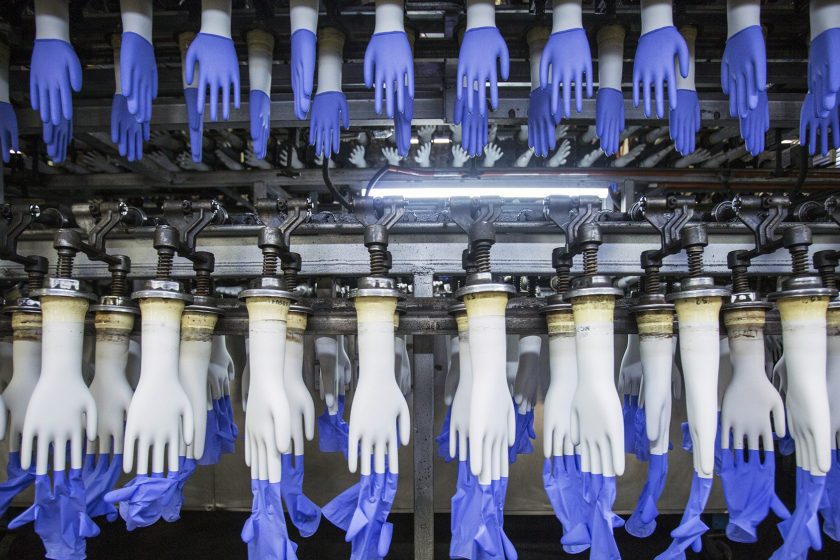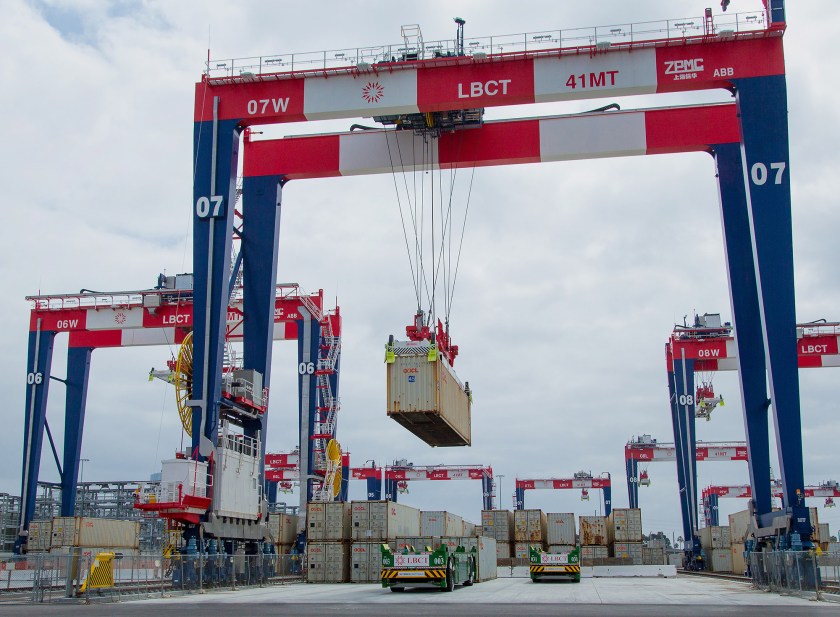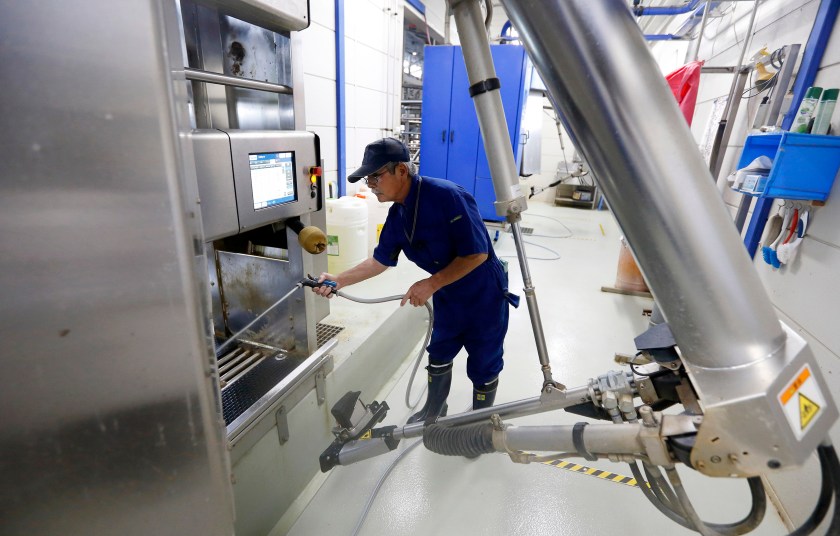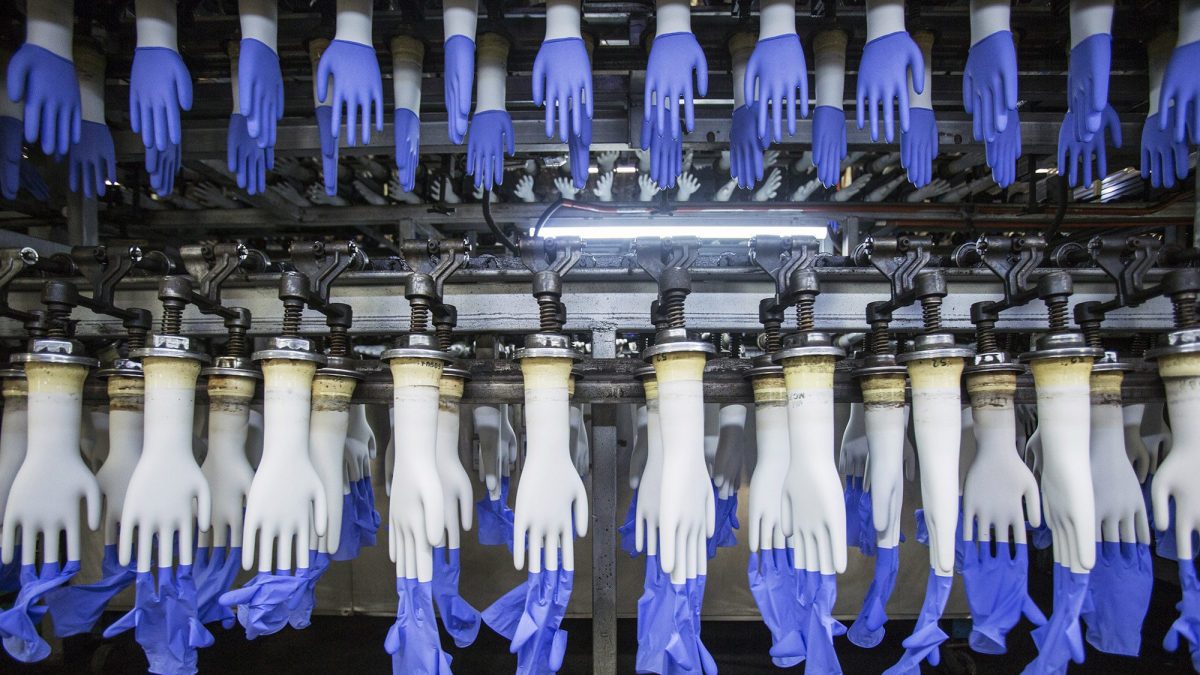
Sure, combining robotics and artificial intelligence makes for a more efficient workplace, but how does that affect American job prospects?
Today, an unprecedented amount of work done by humans can be automated through computers and robots. Companies like Amazon and Google continue to prove this daily. Using current automation technology, 51 percent jobs in the United States are at risk for replacement, according to a new report from McKinsey Global Institute. The consulting firm reached these conclusions by analyzing 800 jobs and the 46 countries that account for 80% of the world’s economy.
The jobs most susceptible to be eliminated or, at the very least, severely diminished are ones that involve data collection, data processing, and physical work in predictable environments like factories. Comprising $2.7 trillion of American wages, these roles are most common in manufacturing, food services, retail, warehousing, and transportation.

McKinsey isn’t all doom and gloom, acknowledging the phenomenon may take several decades to play out fully. In the next decade, the consulting firm expects more occupations will be augmented by automation—adapting to include it, rather than be eliminated by it. While about 5 percent will be completely eliminated through automation technology, the report says 60 percent of all jobs could have about a third of their roles done without them. This will affect everyone from landscapers to financial analysts. McKinsey estimates 25 percent of all workers’ time is spent on tasks, such as analyzing reports and data to inform decisions, that machines could do.
While the impact of automation will vary across industries, this new era presents unique opportunities to deploy the technology in creative ways. The report recommends companies begin considering how humans can improve machines and vice versa, instead of the black-or-white thinking of complete job elimination. Management roles, for example, involve social and emotional reasoning. They could be one place where automation complements human work through data analysis.
One the big factors in job loss or creation via automation is, obviously, technical feasibility. The technology needs to be developed and adapted to specific solutions before roles are entirely automated. This is part of the reason why so many companies are investing resources in artificial intelligence. Among MIT Technology Review‘s 50 Smartest Companies, more than 20% of them employ automation at a fundamental level. These include Baidu, Tesla, Alphabet, NVidia, Enlitic, Facebook, Didi Chuxing, Microsoft, Fanuc, Improbable, Bosch, Line, and IBM.

Even so, MIT Technology Review notes that the current impact of all this potential automation is presently negligible for most of us:
“If you think Silicon Valley is going to fuel growing prosperity, you are likely to be disappointed—or you’d better be patient. While the high-tech industry creates impressive wealth for itself, much of the country is mired in a sluggish economy. It might be that driverless cars and other uses of advanced AI will eventually change that, but for now these technologies are not radically transforming the economy.”
McKinsey expects automation to contribute to global productivity growth by as much as 1.4% each year. Much like the editors at MIT Technology Review, the consulting firm does, however, acknowledge there are considerable barriers to overcome, such as a computer’s ability to process conversational language.
For additional information, read the McKinsey’s Harnessing automation for a future that works report here. Learn more about MIT Technology Review‘s list of the 50 Smartest Companies via this link.
—RealClearLife Staff
This article was featured in the InsideHook newsletter. Sign up now.
























